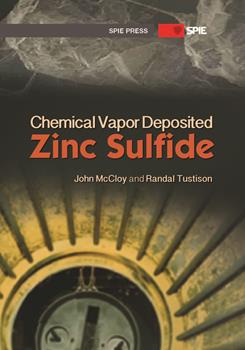|
|
|
|
CITATIONS
Chemical vapor deposition
Zinc
Climatology
Chemical reactions
Deposition processes
Environmental sensing
Optical properties


